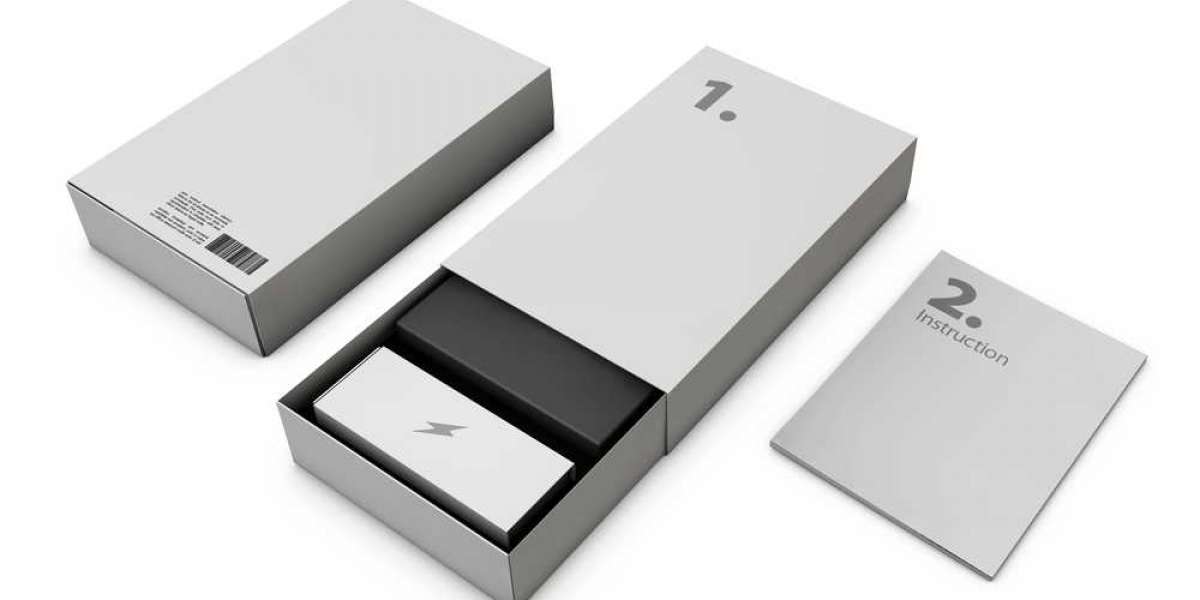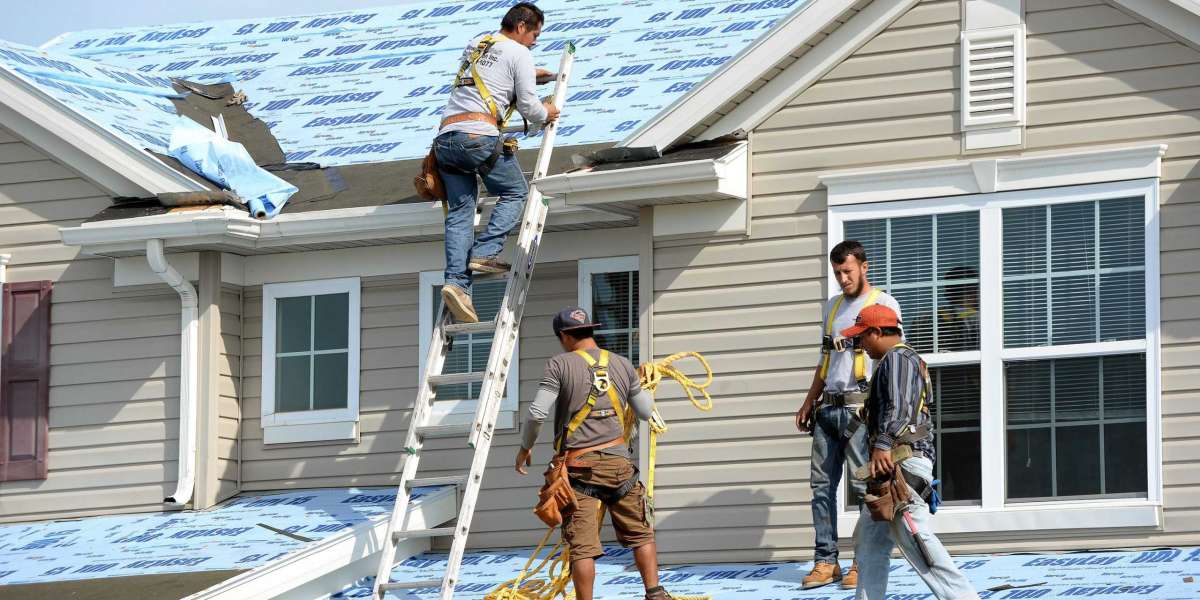Introduction
In the world of packaging, slip case rigid boxes have gained immense popularity for their durability, aesthetic appeal, and versatility. These boxes provide a sophisticated and protective solution for packaging various products, from luxury items to electronics. In this article, we will take you through the intriguing journey of how slip case rigid packaging come to life, from the initial concept to the final product.
Conceptualization and Design
Understanding the Purpose
Before diving into the manufacturing process, it is crucial to comprehend the purpose of slip case rigid boxes. These boxes are designed to offer a premium and protective packaging solution. Manufacturers consider factors such as product dimensions, weight, and fragility when conceptualizing the design.
Designing for Aesthetics and Functionality
The design phase involves creating a visually appealing yet functional packaging solution. Designers work on incorporating brand elements, color schemes, and graphic elements to enhance the overall aesthetics of the slip case rigid boxes. Simultaneously, they ensure that the design aligns with the functional requirements, providing a snug fit for the enclosed product.
Material Selection
Choosing the Right Materials
The materials used in manufacturing slip case rigid boxes play a pivotal role in determining their durability and overall quality. Commonly, manufacturers opt for sturdy materials like cardboard or chipboard to ensure the box maintains its shape and structure. The choice of materials also influences the box's printing capabilities, allowing for intricate designs and branding.
Printing Options
Printing on slip case rigid boxes allows for customization and branding opportunities. Manufacturers employ techniques such as offset printing, digital printing, or foil stamping to achieve high-quality and visually appealing results. This step is crucial in conveying the brand message and creating a memorable unboxing experience for customers.
Structural Design and Die-Cutting
Creating the Structure
The structural design phase involves transforming the two-dimensional design into a three-dimensional prototype. This is where die-cutting comes into play. Die-cutting machines precisely cut and score the chosen material according to the approved design. This process ensures that the slip case rigid boxes can be assembled seamlessly.
Assembling the Slip Case
Once the materials are die-cut, the slip case rigid boxes start to take shape. The assembly process involves folding, gluing, and carefully putting together different components. Manufacturers pay close attention to detail during this stage to ensure the final product meets the specified dimensions and structural requirements.
Printing and Finishing Touches
Adding Finishing Touches
After the slip case rigid boxes are assembled, additional finishing touches are applied to enhance their visual appeal. This may include matte or glossy coatings, embossing, debossing, or adding texture to certain areas. These finishing touches not only contribute to the overall aesthetics but also provide a tactile experience for customers.
Quality Control
Before proceeding to the next stage, a stringent quality control process is implemented. Manufacturers inspect each box for defects, ensuring that the printing is flawless, the structural integrity is intact, and the finishing touches meet the desired standards. This step is crucial to delivering a high-quality product to clients.
Packaging and Shipping
Packaging for Protection
Once the slip case rigid boxes pass the quality control checks, they are carefully packaged to prevent any damage during transportation. Packaging materials such as bubble wrap or foam inserts may be added to provide an extra layer of protection, especially for delicate or high-value items.
Sustainable Packaging Practices
In recent years, there has been a growing emphasis on sustainable packaging. Many manufacturers are adopting eco-friendly materials and practices to minimize their environmental impact. Slip case rigid boxes can be designed with recyclable materials, contributing to a more sustainable packaging industry.
Frequently Asked Questions
1. What makes slip case rigid packaging different from other packaging options?
Slip case rigid boxes stand out due to their sturdy construction and premium appearance. They offer a high level of protection for the enclosed product and can be customized for various industries, making them a versatile packaging solution.
2. Are slip case rigid packaging suitable for all types of products?
While slip case rigid packaging are versatile, their suitability depends on the specific requirements of the product. They are commonly used for luxury items, electronics, cosmetics, and other high-end products that benefit from a combination of protection and aesthetics.
3. Can slip case rigid packaging be customized according to brand specifications?
Absolutely. The design and printing phases of slip case rigid box manufacturing allow for extensive customization. Brands can incorporate their logos, color schemes, and other branding elements to create a packaging solution that aligns with their identity.
4. What materials are commonly used in the manufacturing of slip case rigid packaging?
Cardboard and chipboard are the most commonly used materials for slip case rigid packaging. These materials provide the necessary durability and structural integrity required for premium packaging.
5. How can I ensure the sustainability of slip case rigid packaging?
Many manufacturers offer eco-friendly options for slip case rigid packaging. Choosing recycled or recyclable materials, as well as working with companies committed to sustainable practices, can contribute to a more environmentally friendly packaging solution.
Conclusion
From conceptualization to the final product, the manufacturing process of slip case rigid boxes involves a series of meticulous steps. Designing for both aesthetics and functionality, selecting the right materials, and incorporating finishing touches contribute to the creation of a premium packaging solution. As consumer preferences evolve, manufacturers continue to innovate, adopting sustainable practices to meet the demands of an eco-conscious market. Slip case rigid packaging have undoubtedly become a symbol of quality packaging, offering a blend of protection and visual appeal for a wide range of products.







